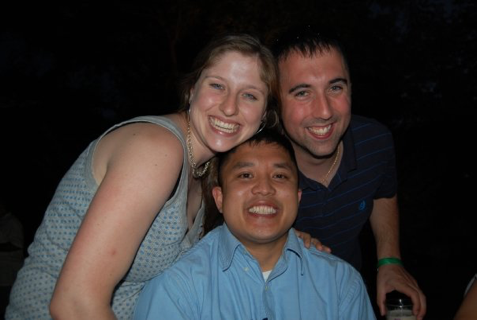Imagine a world where cancer could be found and treated much earlier due to a device called a biosensor, which could detect the presence of cancer.
That world could become a reality, thanks to research being done by a university professor and two of her students.
The research is focused on a biosensor which could be used to bind to biomarkers from a number of different cancers, but the group has not gone that far yet, Kara Brusoski, the graduate student working on the research, said.
Instead, the research, which is being funded by the Student Government Association, has focused on coupling biotin, a type of vitamin, to a ferrocene compound, the chemistry major said. The group would then run electrochemical tests on the compound to see if the electrochemical signal shifts when bound to the protein avidin, she said.
If the signal shifted, then the compound could be used as a biosensor to detect the different concentrations of cancer in a person’s blood, she said.
The SGA awarded $500 to Trang Nguyen for her role in the research. Nguyen has been working on developing a new molecule that she could immobilize, the junior biochemistry major said.
The inspiration for this research came when Kayla Green, the professor who had been involved in the research, worked at UT Southwestern Medical School in Dallas as part of her postdoctoral studies, she said.
MRIs and other imaging tests were used to see how a cancer treatment was working for patients, but those tests could only be administered once every six weeks, the assistant professor of chemistry said.
That was frustrating for both the patients and the doctor because they did not know if the treatment was working until the next test, which could be six weeks away, Green said. This was particularly frustrating for patients with aggressive forms of cancer.
Instead, she wanted to develop something that would determine whether the treatment was working by looking at the health of the cancer instead of the health of the patient, she said.
“Let’s look at the health of the cancer, not the health of the patient,” she said. “Let’s look at something the cancer is producing and monitor its levels.”

